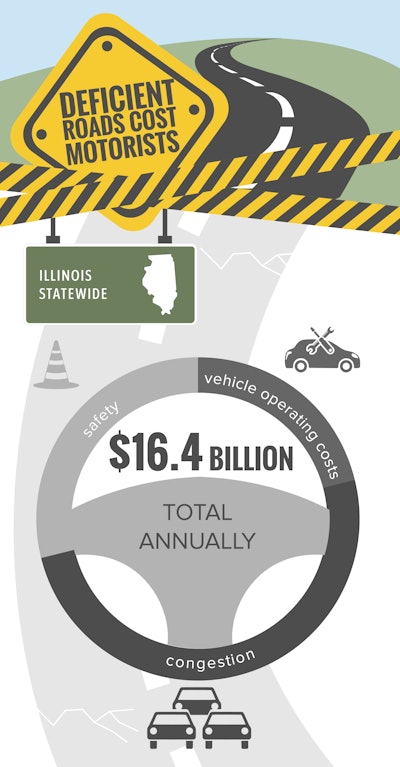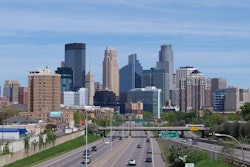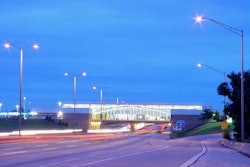
The report, released March 28 by nonprofit, Washington, D.C.-based transportation organization TRIP, determined that more than one-third of the state’s locally and state-maintained urban roads are in “poor or mediocre condition” and 9 percent of its locally and state-maintained bridges are structurally deficient. The state’s major arteries are also becoming more congested, leading to long commutes for workers and hindering the speed of commerce.
TRIP says the $16.4 billion figure represents extra “vehicle operating costs,” which includes such things as lost time and fuel due to traffic jams, the cost of crashes in which road features were a contributing factor and the damage done from riding on poor roads. TRIP says the costs come to as much as $2,485 per year per driver in some urban areas.
The report calls on the state to invest more in its roads and bridges.
“These conditions are only going to get worse, increasing the additional costs to motorists, if greater investment is not made available at the state and local levels of government,” said Will Wilkins, TRIP’s executive director. “Without adequate funding, Illinois’ transportation system will become increasingly deteriorated and congested, hampering economic growth, safety and quality of life.”
Here are some highlights from the report, titled Illinois Transportation by the Numbers: Meeting the State’s Need for Safe, Smooth and Efficient Mobility:
- Roads in poor conditions cost the state’s motorist an additional $3.5 billion each year in extra vehicle operating costs. These costs include accelerated vehicle depreciation, additional repair costs, and increased fuel consumption and tire wear.
- Traffic congestion in the state’s largest urban areas causes as many as 63 annual hours of delay for the average motorist and costs each driver as much as $1,484 annually in lost time and wasted fuel.
- 4,947 people died in traffic accidents between 2012 and 2016. Illinois’ overall traffic fatality rate of 1.01 fatalities per 100 million vehicle miles of travel is lower than the national average of 1.18. The fatality rate on Illinois’ non-interstate rural roads is approximately three times higher than on all other roads in the state (2.28 fatalities per 100 million vehicle miles of travel vs. 0.78). The financial impact of traffic crashes cost Illinois drivers a total of $4.7 billion annually.
- $2.9 trillion in goods are shipped to, from and within Illinois each year over the state’s roads and bridges.
“Increasingly, companies are looking at the quality of a region’s transportation system when deciding where to re-locate or expand,” TRIP says. “Regions with congested or poorly maintained roads may see businesses relocate to areas with a smoother, more efficient and more modern transportation system.”
“Illinois’ infrastructure is vital to propel the state forward as an economic powerhouse,” added Illinois Chamber of Commerce President and CEO Todd Maisch. “From Chicago to the Metro East, this report, which reflects similar numbers to that of Illinois state agencies, reveals the reality of Illinois’ transportation systems from congestion to safety. Knowing where our state stands in these areas is crucial to understanding our state’s needs.”










